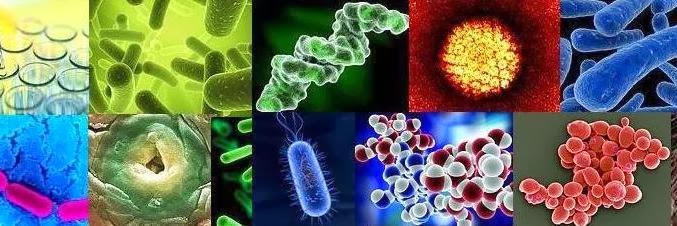Based on the type of photosynthesis, plants were divided into three major groups, namely C3, C4, and CAM (crassulacean acid metabolism). The difference can be seen in the following article.
C3
- More adaptive to conditions of high atmospheric CO2 content
- Enzymes that unites CO2 with RuBP, can also bind O2 at the same time to process photorespiration
- carbondioxide enter the Calvin cycle directly.
- Called C3 plants because the initial compound is formed carbon 3 (phosphoglycerate)
- Most of the higher plants into the C3 plant group
- When stomata close due to stress increased photorespiration
- Binding of O2 by the enzyme Rubisco
C4
- Adaptive in hot and dry
- CO2 bound by whichnot PEP can bind O2 so there is no competition between CO2 and O2
- Carbon dioxide does not bind directly
- Vascular sheath cells are well developed and contain many chloroplasts
- Photosynthesis occurs in the mesophyll cells and vascular sheath cells
- Binding of C4 trajectory through the air CO2di in mesophyll cells and the reduction of carbon through the Calvin cycle (C3 cycle) in the vascular sheath cells
CAM (crassulacean acid metabolism)
- adaptive in hot and dry
- Carbon reduction trajectory through C4 and C3 in mesophyll cells but different time
- Carbon dioxide does not bind directly
- Generally plants are adapted to dry conditions such as cacti, orchids and pineapple
- At night high malic acid, malic low daytime Running
- At night occurred trajectory C4 cycle occurs in the daytime C3
Plants are living things that can their own food by photosynthesis . There are 3 types of plants photosynthesize and judging by the way the sugar produced . The first type is C3 . C is the symbol for carbon chemistry , which means that the plants produce 3 -carbon sugar . Approximately 80 % of the crop in the world using this process . They take CO2 during the daytime . The second type is C4 . In accordance with the type, these plants produce carbon sugar 4 . Type C4 also take CO2 , at noon . There are approximately 15 % of plants that use this type . Type crassulacean acid metabolism ( CAM ) is a type of the latter . These plants take CO2 at night , and use it to fotosistensis in the afternoon . Although not exuded oxygen at night , but by consuming CO2 in circulation , this plant has helped us all breathe cleaner air , healthier , soothing and refreshing the earth , shelter and space . CAM plants which can be easily found is pineapple , cactus , and lilies .
Prodistik X-K







0 komentar:
Posting Komentar